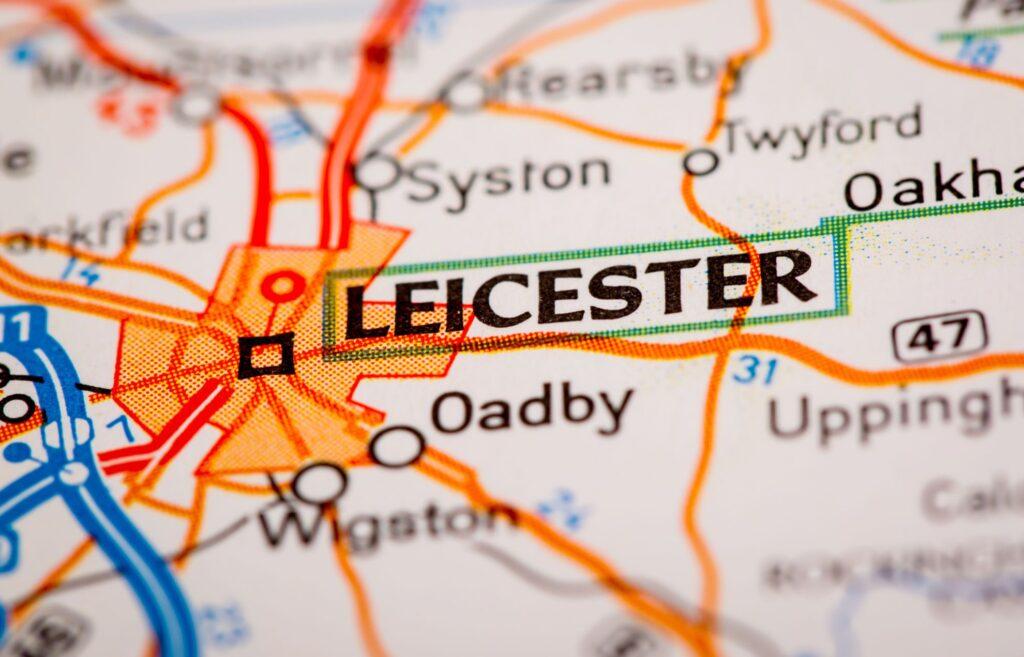
Leicester City History
Situated in the heart of England, Leicester boasts a rich and diverse history that spans over two millennia. From its early Roman origins to its present-day status as a vibrant and culturally significant city, Leicester’s story is one of evolution, transformation, and resilience.
History of Leicester
The roots of Leicester can be traced back to the Roman era when it was known as Ratae Corieltauvorum. Founded around AD 50, the settlement served as an important Roman military and administrative centre. The remains of Roman baths and other structures stand as testaments to this period of Leicester’s history.

After the Roman departure from Britain, Leicester continued to thrive as an Anglo-Saxon town. The town’s name evolved to “Ligora-ceastre,” reflecting the influence of the Anglo-Saxon settlers. Throughout the medieval period, Leicester grew in prominence as a market town and trading hub. The construction of Leicester Castle in the 11th century added to its significance, and it became a key administrative centre.
In the late 15th century, Leicester gained a royal connection when King Richard III chose the city as the site for his Greyfriars burial. Centuries later, in 2012, the remains of Richard III were discovered beneath a car park, sparking international interest and shedding light on this historical figure’s final resting place.
The Industrial Revolution brought about transformative changes to Leicester. The arrival of canals and railways facilitated the movement of goods and people, spurring industrial growth. Textile production became a key industry, and Leicester became known for its hosiery and footwear manufacturing.

The city’s cultural diversity began to take shape during the 20th century with the arrival of immigrants from various parts of the world, including India, Pakistan, and the Caribbean. This cultural melting pot enriched Leicester’s social fabric and contributed to its reputation as one of the most ethnically diverse cities in the UK.
Leicester’s association with the textile industry persisted into the 20th century, and the city also played a vital role during World War II as a manufacturing and distribution centre. However, like many industrial cities, Leicester faced challenges as industries declined in the latter half of the century.
Modern Day Leicester
The 21st century has seen Leicester embracing its multicultural heritage and striving for regeneration. The establishment of the National Space Centre in 2001 added a unique attraction to the city, drawing visitors from across the country. Furthermore, Leicester City Football Club’s remarkable Premier League victory in 2016 captured global attention, cementing the city’s place in sporting history.
Leicester’s historical significance was underscored once again in 2012 when the remains of King Richard III were reinterred in Leicester Cathedral after a grand procession through the city streets. This event highlighted the city’s ability to blend its historical past with contemporary achievements.
Today, Leicester is a vibrant city that thrives on its multicultural identity. Its diverse population contributes to a rich tapestry of languages, traditions, and cuisines. The city’s commitment to education is evident in its renowned universities and research institutions.

Summary
In conclusion, Leicester’s history is a fascinating story, marked by its Roman origins, medieval significance, industrial growth, and contemporary multiculturalism. The city’s ability to adapt and reinvent itself while preserving its historical legacy is a testament to its enduring spirit. As Leicester continues to evolve, its history remains a source of inspiration for both residents and visitors, reminding us of the city’s enduring place in the story of England.
Related:
FAQs
Leicester’s most renowned historical landmark is the Leicester Cathedral, known for housing the remains of King Richard III.
Leicester’s strategic location and access to transportation networks facilitated the growth of its hosiery and textiles industry during the Industrial Revolution.
The Diwali celebrations in Leicester highlight the city’s cultural diversity and its thriving South Asian community, making it a unique and vibrant event.
The remains of King Richard III were discovered in 2012 beneath a car park in Leicester, shedding light on a significant historical mystery.
During the Roman era, Leicester served as a vital settlement along the Fosse Way, contributing to trade, administration, and communication in the region.
Leicester’s industrial heritage has left an indelible mark on its identity, with the city’s reputation as a hub of innovation and industry still prevalent today.








